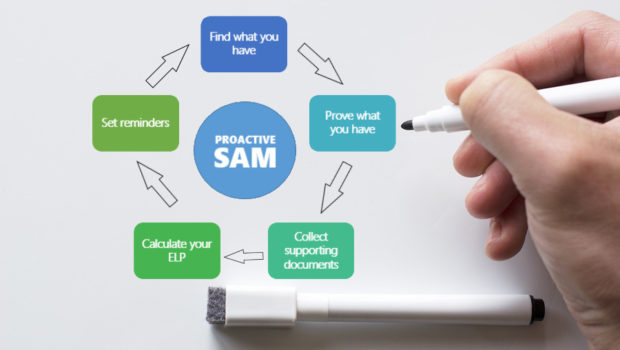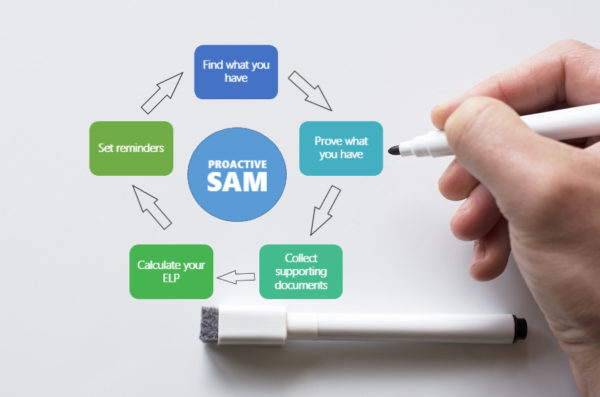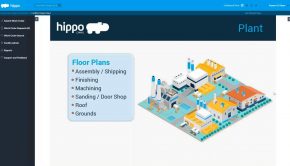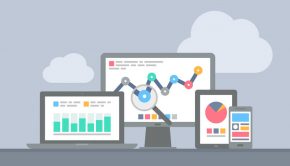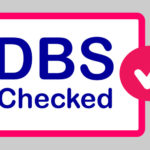5 Factors Of Successful Software Asset Management Implementation
Many factors determine the success of a business’s software asset management (SAM) implementations. As a practice, SAM focuses on the management and optimization of software assets within an organization. The process handles software purchase, installation, maintenance, usage, and disposal. In fact, effective SAM implementations highlight the purchased software license compliance, current installations, and usage habits of each application. This way, companies can make better, more informed decisions when considering new software purchases. As a tech admin, you can reduce financial, legal, and security risks by implementing SAM. In this post, we will discuss several factors of successful software asset management implementations.
Visibility Gains
Visibility improvements are the first factor of successful software asset management implementations. To gain these improvements, decision makers must have a clear view of the used and available software assets. Using a continuous automated discovery process, you can identify key assets, licenses and costs. More so, several transparencies are highlighted, including which software is being used, who is using it, and how it is being used. In fact, due to the constantly changing software needs of employees, these insights become crucial to maintain effective management and compliance. Of course, enhanced visitbility allows decision makers to change course, re-invest resources or mitigate risks depending on the business needs. Surely, increased software visibilities factor into your SAM implementation by highlighting areas to improve.
Centralized Data
Centralized data provides a second factor of successful SAM implementations. Effective software asset management processes often require the establishment of a central data repository. These repositories house all information regarding your software licenses, entitlements, inventories, and consumption. Further they serve as a single access point for images or charts. This way, you ensure all necessary entities, such as employees and stakeholders, can access the data. Additionally, keeping this data in one place maintains currency for your logs and records, allowing you to make better, more informed purchasing and renewal decisions. Absolutely, one central data repository displays a factor of efficient evaluation and changes for your SAM implementation. Certainly, using a SAM implementation will help your business benefit from data quality, protection, and security.
Software License Management
Third, working with a software asset management partner leads to successful SAM implementations. These entities have expertise working with several of the most popular enterprises and their software products. They harness this expertise to drive the deepest, actionable cost savings for your business. Additionally, Anglepoint software license management provides robust contract analysis processes that determine your business’s largest compliance risks and liabilities. Moreover, their recommendations often strengthen business relationships, and allow you to benchmark your company against the competition. Certainly, more effective license management offers a third factor driving SAM implementation success.
Usage Tracking
Next, more robust tracking the usage of your software assets also factors into your SAM implementation viability. Implement several key performance indicators to measure the impact of your software asset management strategies thus far. This way, you can communicate the implementation’s success to various company entities, such as employees and stakeholders. Trackable metrics and KPIs include your software utilization rates and the ratio of used to unused software licenses. Additionally, consider tracking the percentage and monetary value of periodically recycled licenses. This kind of tracking demonstrates a great ROI when you select the right software license options. Certainly, more effective usage tracking is an implementation factor highlighting SAM impact.
Continuous SAM Maintenance
Lastly, continuous SAM maintenance acts as the final factor driving implementation success. You must continue updating and managing your license inventories to maintain the advantages of software asset management. In fact, several elements of your SAM process should be continuously updated to stay compliant and highlight new opportunities. These elements include your software titles, software usage, and IT environment data. Additionally, regularly updating your license inventories allows you to track milestones, make new purchases, and display upgrades or downgrades. Of course, continuous, regular maintenance of your SAM implementation drives its continued success and benefit.
Successful software asset management implementations are driven by a myriad of factors. For example, increased software visibilities factor into your SAM implementation by highlighting areas to improve. Second, one central data repository displays a factor of efficient evaluation and changes for your SAM implementation. More effective license management offers a third factor driving SAM implementation success. Next, more effective usage tracking is an implementation factor highlighting SAM impact. Finally, continuous, regular asset maintenance of your SAM implementation drives its continued success and benefit to your business. When searching for factors of successful software asset management implementations, consider the factors described above.

